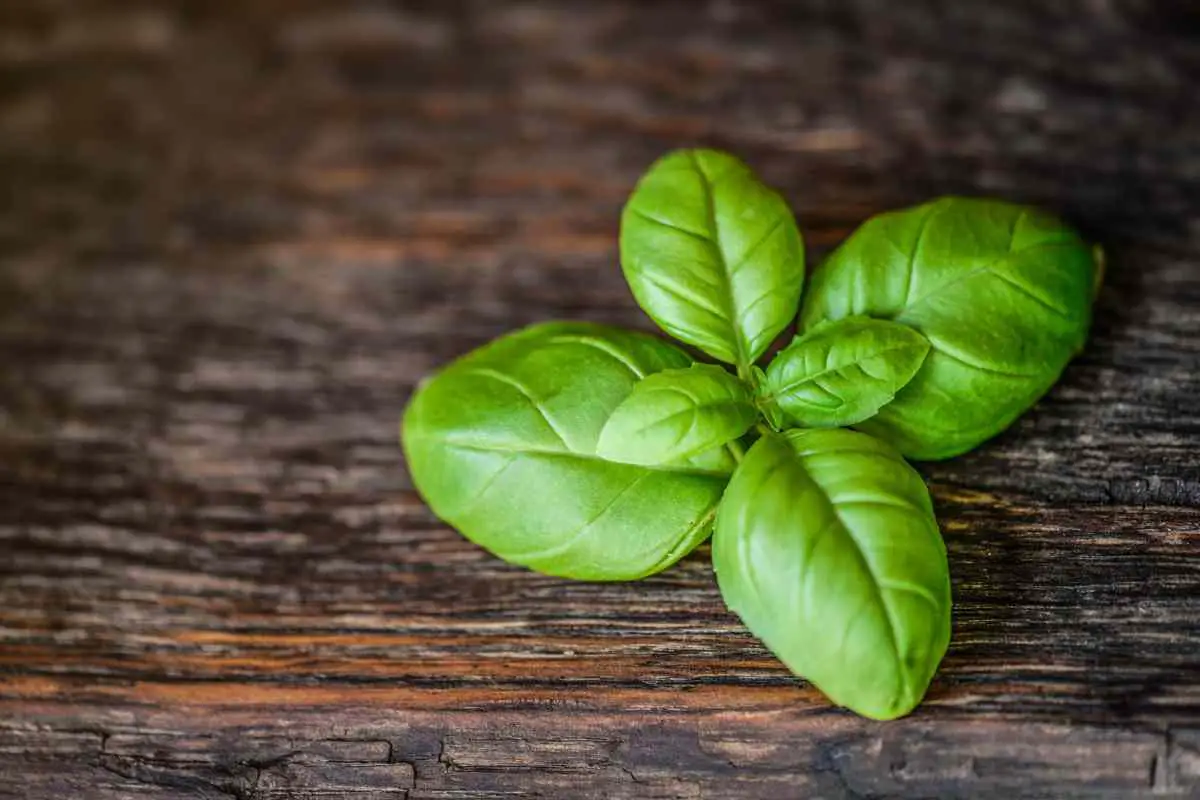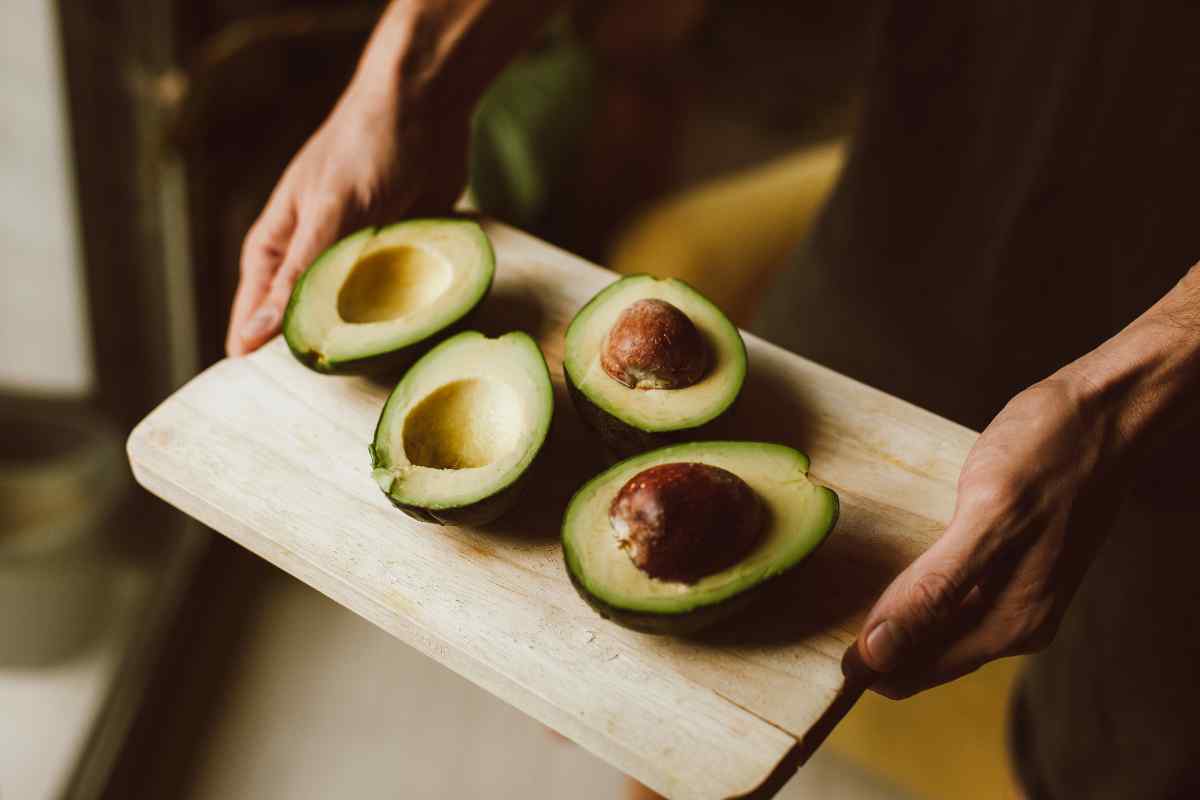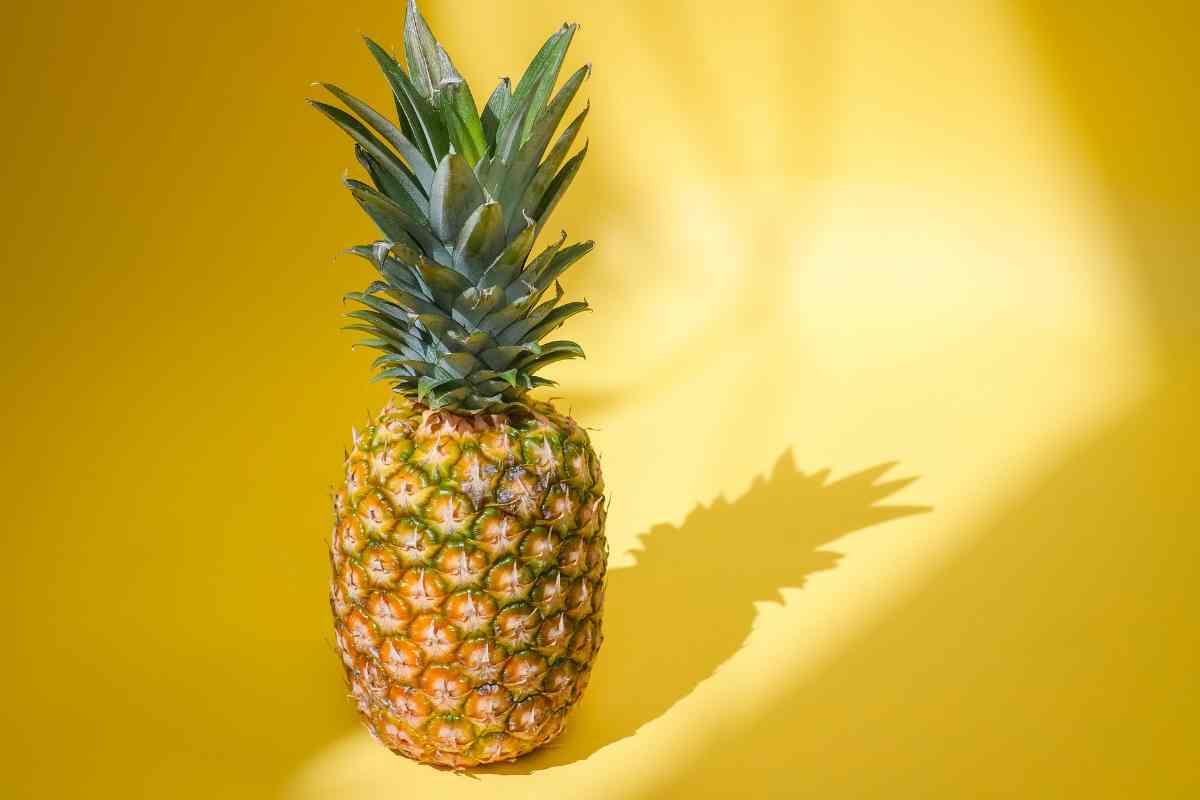To grow tomatoes in pallets, you need to:
- Acquire pallets.
- Create a pocket in the pallets for soil.
- Create a soil mixture specific to tomatoes.
- Choose a tomato variety.
- Start seedlings indoors and then transplant them into larger containers.
- Transplant the tomato plants into your pallets.
Read on to learn the ins and outs of growing tomatoes in pallets!
Table of Contents
Why Use Pallets To Grow Tomatoes?
Pallets are a great way to grow things if you live in the suburbs of a city. They take up very little space and can be leaned against a fence or the side of your house or apartment.
You can also use them if you have a larger backyard and want a rustic look or if you are keen on reusing things.
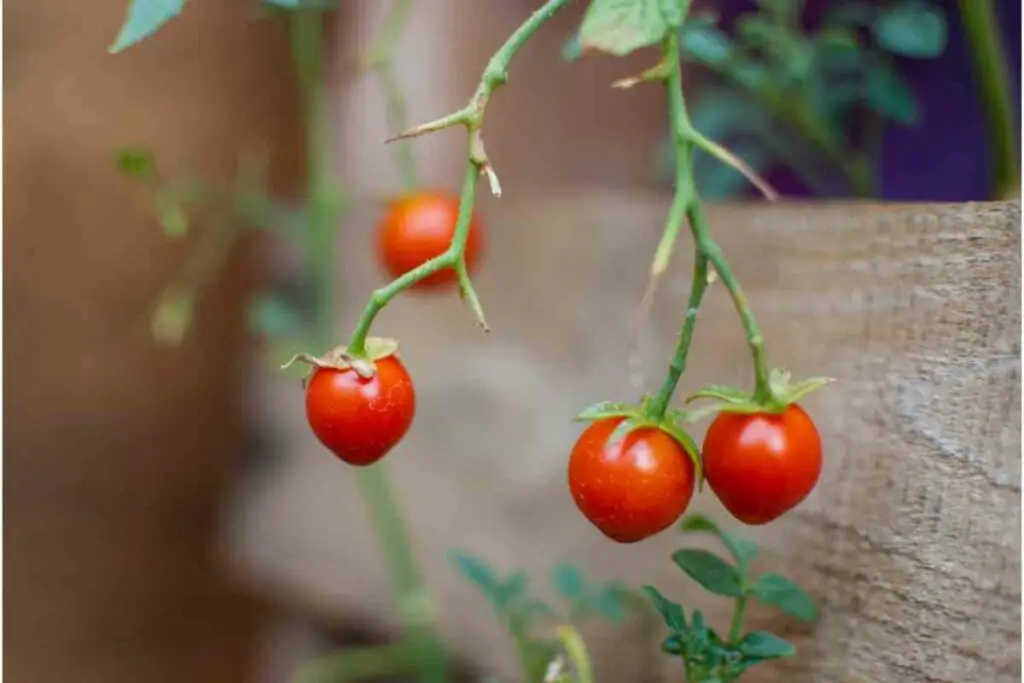
What Will You Need?
You will need:
- Pallets (typically 40-45 inches tall)
- Landscaping fabric
- A staple gun
- A sander
- Gardening soil
- Seeds
- Tools if your pallet needs to be fixed
How Do You Create A Pocket For The Soil?
First, sand your pallet.
Fix your pallet if necessary by using boards from other pallets. You can use a crowbar to remove the boards and a hammer and nails to attach the boards to the pallet you’re fixing.
Cut pieces of landscaping fabric roughly 2 to 3 inches larger than the space they will be covering.
Fold the fabric over to double it up and make it thicker.
It is easier to work front-to-back and will result in a cleaner-looking pallet.
Wrap the material around where you want the pocket of soil to go as if wrapping a present. Staple the material to one side and fold the opposite side over to double it. This makes four layers of fabric per pocket side.
Once both sides are completed, finish by stapling your fabric to the back of the pallet.
How Do You Make A Soil Mixture Specific To Tomatoes?
Tomatoes are deep-rooted and heavy feeders. They need soil that is highly organic with a lot of nutrients. This will create the most fruit and speed up growth.
Put one fish head or frozen fish fillet at the bottom of a large bucket. You can also include a bit of kelp meal and extra fish. If you have a lot of critters in your neighborhood, you may want to skip this step.
Next, add a few handfuls of crushed eggshells. Start collecting them when winter begins to end. These prevent blossom end rot and add calcium.
Now add a handful of bone meals to promote strong roots and blooms.
Add composted manure and compost which adds a slow release of nutrients as well as drainage.
Lastly, mix everything!
What Other Vegetables Can You Grow In Pallets?
Near enough, any vegetable can be grown in pallets if properly looked after.
If you’re interested in starting to grow your vegetables, Tomatoes and Lettuce are great to start with. Read How To Grow Lettuces In Pallets.
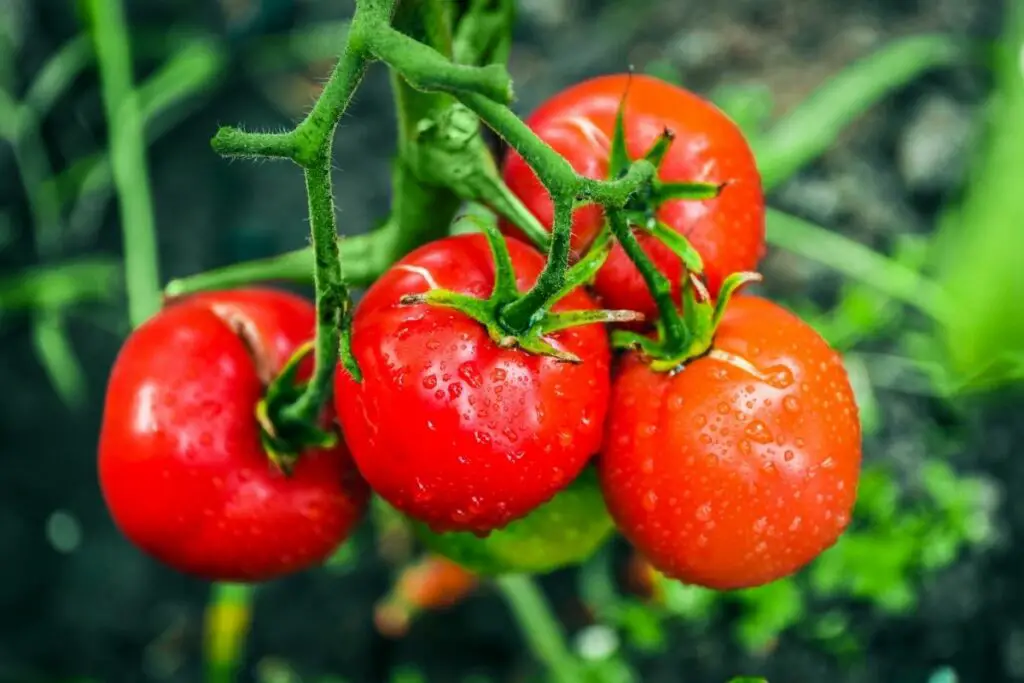
How Do You Choose A Tomato Variety?
There are three main factors to consider when choosing a tomato variety.
Where do you live?
Look at your hardiness zone. Most of the UK is in USDA Hardiness Zone 8. Research which tomato varieties grow best in your hardiness zone. The tomatoes at your local nursery will give you an idea of what is popular where you live.
How much space do you have?
If you have a lot of room, indeterminate tomato varieties will keep growing until frost.
However, since you are growing your tomatoes in a pallet, determinate tomatoes may be better because they stop growing sooner.
Bush varieties are your best bet because they are the most suitable for containers.
What will you be using your tomatoes for?
If you love having tomatoes in your salads, you may want cherry tomatoes. If you want to make sandwiches, a larger tomato variety like beefsteaks will serve you well. Plum varieties are good for making sauces.
How Do You Grow Tomato Seedlings Indoors?
You want to start your seeds roughly 7 weeks before the last frost date and plant your seedlings in your pallet 2 weeks after.
Here are some directions on how to grow tomato seedlings indoors.
- Start indoors using a container with a moist and sterile seed-starting mix. Make furrows with a chopstick or pencil roughly ¼ inch deep. Drop the seeds into the furrows about ½ inch apart.
- Pinch the soil together to cover each of the furrows. This will cover the seeds. Water very gently and label your varieties.
- Put your container somewhere warm.
- Once the seeds start to germinate, provide a light source that is strong like a sunny window or fluorescent bulbs.
- In a month, the first true set of leaves will appear. Now they are ready to transplant.
How Do You Transplant Tomato Seedlings Into Larger Containers?
Now it is time to transplant your tomato seedlings into larger containers. Transplanting is also known as “pricking out”.
Lift the seedlings from the bottom. Hold each one gently by the bottom leaves and scoop a ball of soil from underneath with a fork.
If the roots of two seedlings grew into a tangled clump, carefully shake them apart.
Prepare individual containers for each seedling that are at least 3 inches in diameter. Make a hole in your soil mix for the seedling.
Bury the seedling down to its bottom set of leaves, burying the stem. New roots will grow from the stem.
Water the seedlings.
How Do You Transplant The Tomatoes Into Your Pallet?
Once spring has warmed up, you can plant your well-established seedlings into your pallet.
First, you want to acclimate your plants by moving them into the sun for a couple of hours, increasing the amount of time they are in the full sun each day over a week until they can be in full sun the whole day. This is known as “hardening off.”
If your plants are over half a foot tall, take off the bottom branches before you plant them. New roots will grow on the stem.
Get the hole ready for your tomato plant.
Turn the pot over and squeeze it to take out the root ball.
Put the seedling in the hole so that the whole stem is covered up until the branches begin.
Firm up the soil surrounding the plant and water it.
Now take care of your tomato plants and you will have a wonderful harvest!











